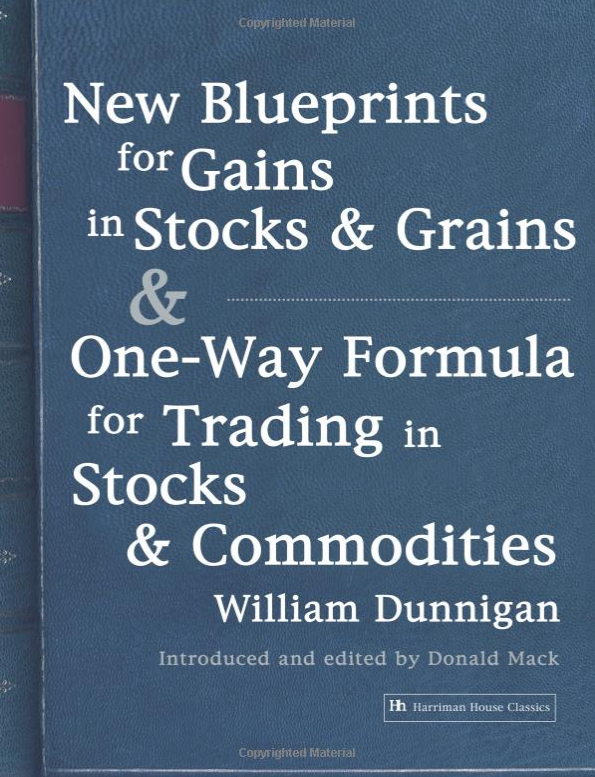While contemplating my small library of investment and financial market books, I was struck by a remarkable observation: more than half of the books are accounts of various market crashes and panics – events that do not occur in the well-ordered world of economic theories and chartered financial analysis. A further third of the books are devoted to the attempt to identify opportunities to profit from anticipated fluctuations in market prices. Does this library reflect some weird personal proclivity, or does it actually map a world of repetitive financial instability?
We know from Barbara’s Tuchman The March of Folly that “folly” regularly recurs among the powers-that-be, and probably the less powerful. Could folly perpetrated and unmasked drive instability? Daniel Kahneman, the Israeli-American psychologist and Nobel Prize winner, explains why each of us will mislead ourselves with a myriad of psychological tricks – most often having undue confidence in our abilities and confirming our biases through self-reinforcing selection of analytical information. And Thomas Kuhn, in The Structure of Scientific Revolutions Structure, proposes a process of (insight) discovery in which most of us are willing adherents to a “normal” paradigm of conventional thought. With great reluctance will we be willing to acknowledge error – and make a radical paradigm shift.
Even worse than our self-inflicted financial injuries, George Soros, perhaps the most successful speculator of the past 50 years, assures us that our analytical quest for economic and financial equilibrium value is doomed by the reflexive reality of our active participation in that search. In his view, we necessarily live in a world of mostly self-reinforcing trends that will end in excess. My library is reflective of this world.
Given this volatility and the very human tendencies that regularly betray us, it is astonishing that there is so little in my library to provide guidance in portfolio management – issues like position sizing, and when and how to take profits and accept losses. The best is the book under review, published by William Dunnigan in 1957, shortly before his death.
Dunnigan developed his approach to investment management (which he called speculation) over the 40-year period that included the extravagance of the 1920s, the depression, the war and the recovery. The modern reader can insert his choice of financial instrument wherever the word “grain” appears. Fair warning: He used technical tools for his buy and sell signals, but there is no reason why other action criteria cannot be used.
The important piece from our perspective is what he called his practical “operating plans.” He discusses several possibilities and the reader is free to choose or modify, but he does have a favorite.
It is easy to imagine that Soros would be comfortable with a plan like Dunnigan’s, using testable hypotheses as his action criteria and Dunnigan’s ideas for adding to positions and protecting against destructive losses.
This book is sophisticated, in my mentor’s definition that sophistication is “the simplest possible method of achieving the desired result.”
It’s a book worth revisiting if ever one of your speculations turns bad.


